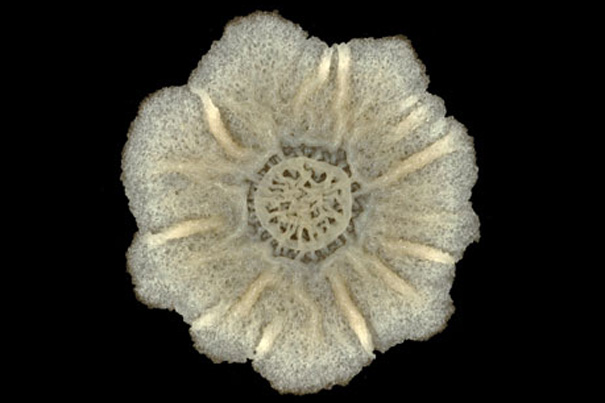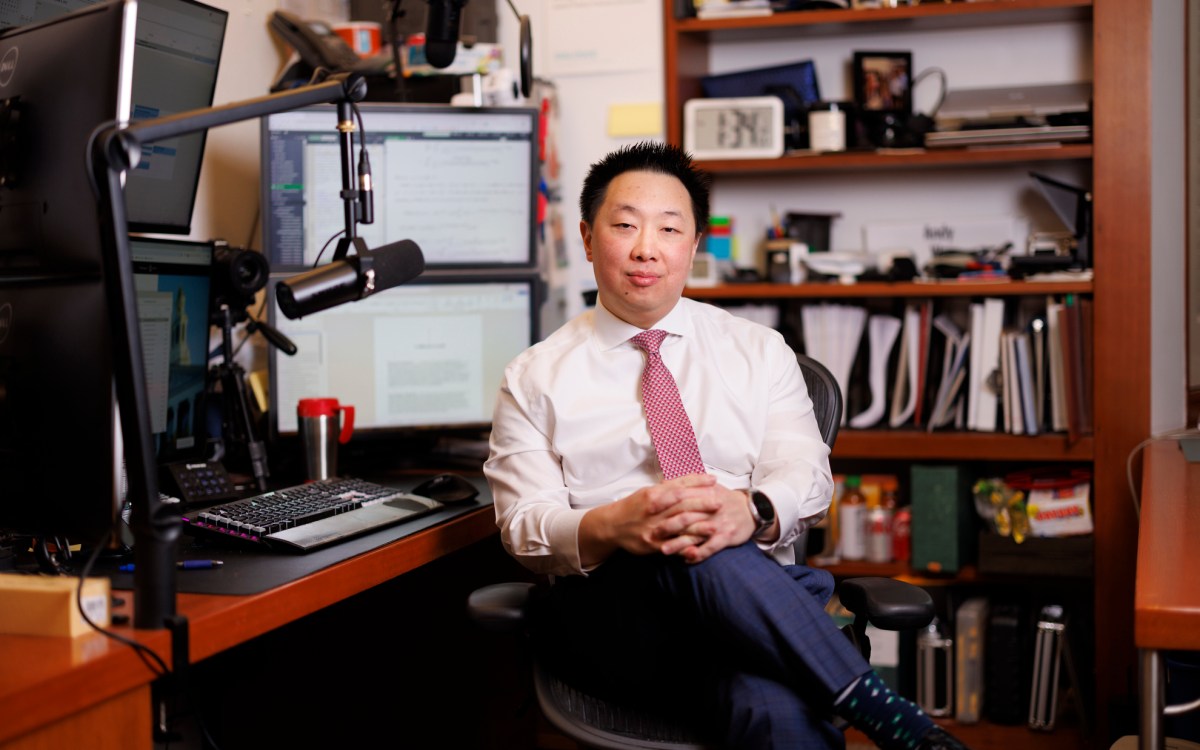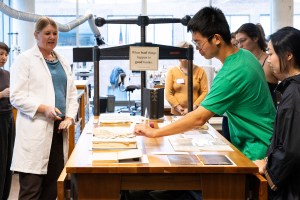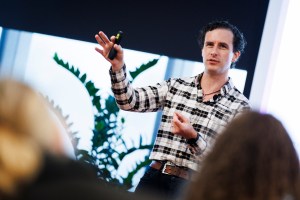Science & Tech
-

Rethinking — and reframing — superintelligence
Microsoft researcher says separating AI from people makes systems dangerous and unproductive
-
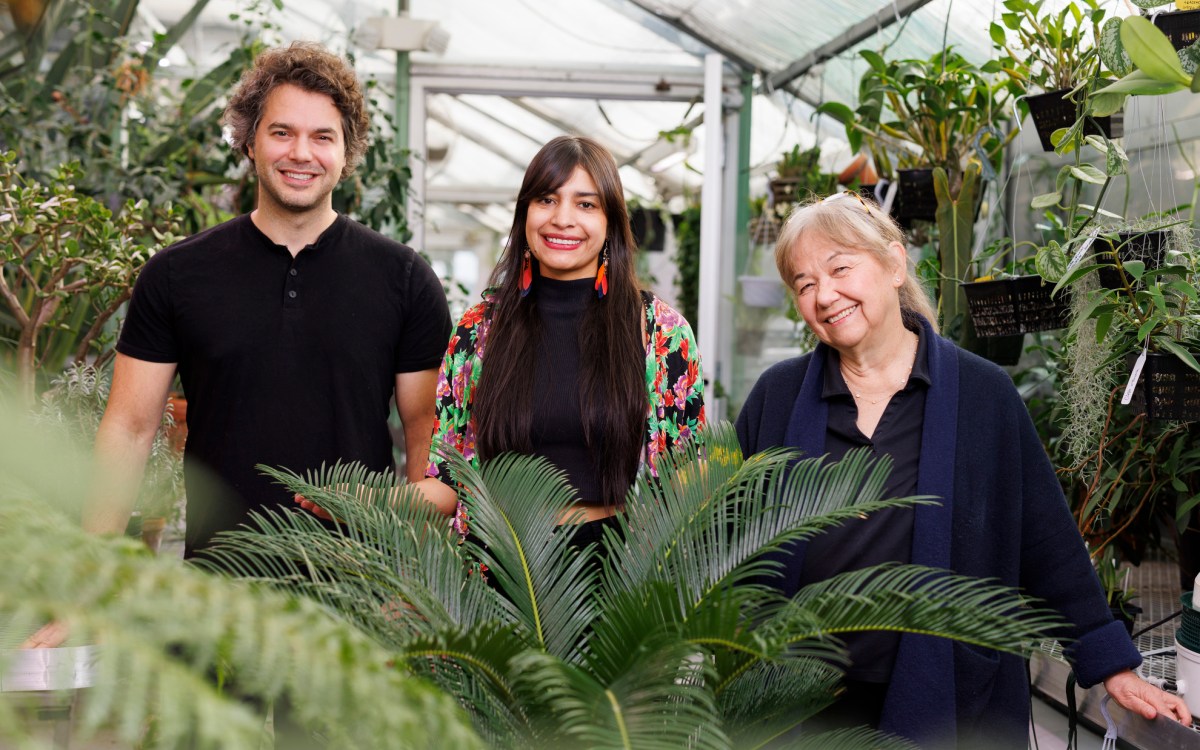
First, male gets heated up, then female, and then, you know
Study shows infrared radiation from plants serves as invitation to pollinating insects
-
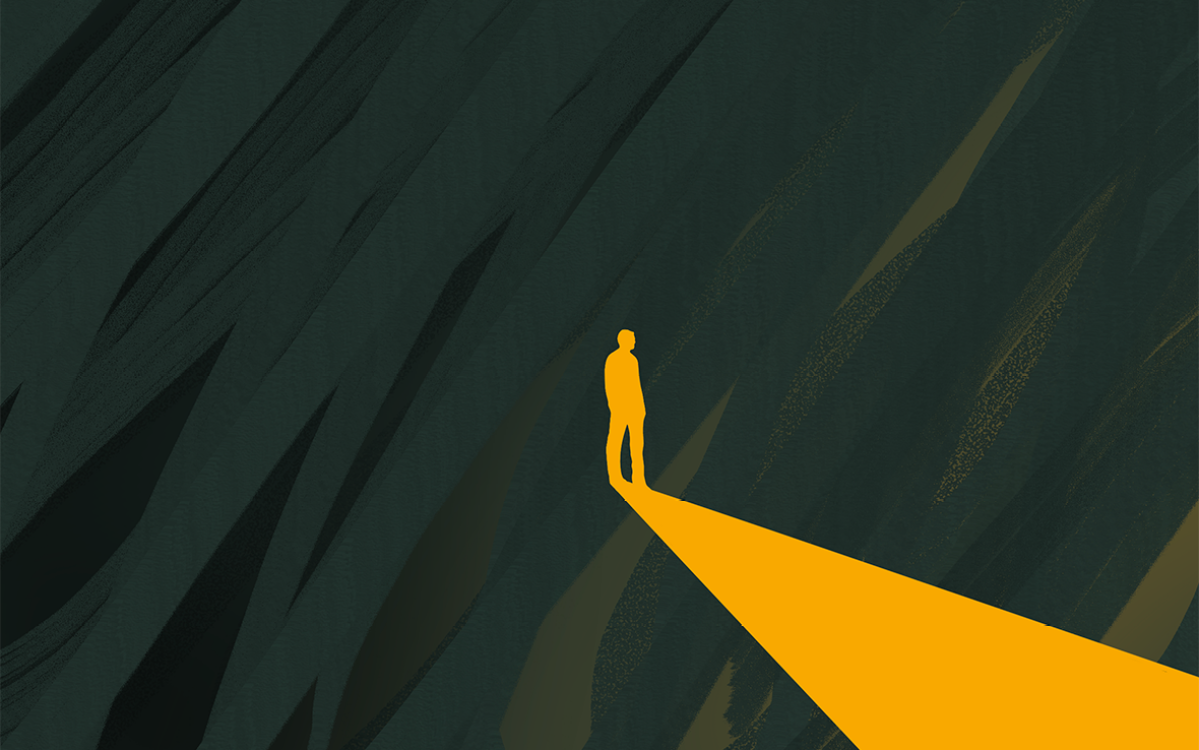
‘Consciousness’
What we know and don’t know about the life of your mind
-
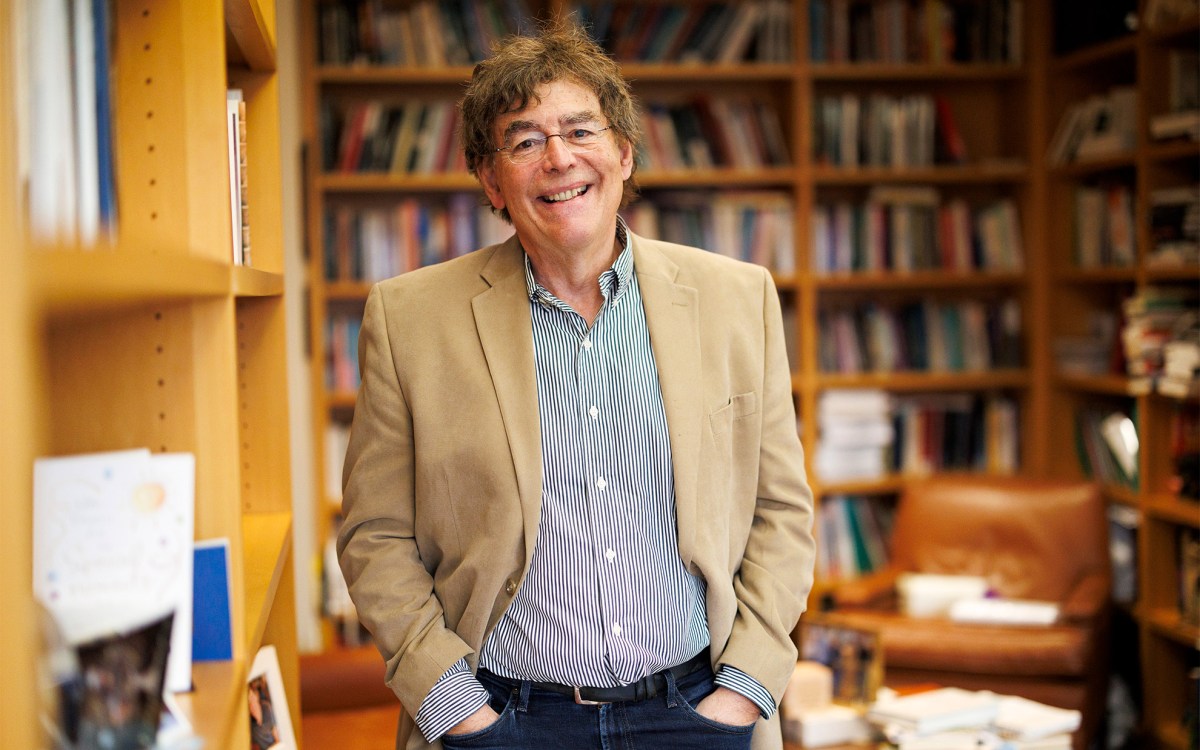
Science needs contrarians, and contrarians need support
Institute of Quantitative Social Science initiative tailored to researchers exploring provocative ideas
-

Cracking the code of why, when some choose to ‘self-handicap’
New research also offers hints for devising ways to stop students from creating obstacles to success

-

How memory works (and doesn’t)
In podcast, scientists explain why remembering is more reconstruction than replay
-
Buckling under pressure
Inspired by a spherical toy that expands and collapses, researchers at Harvard and MIT have created a new type of engineered capsule, called a “buckliball,” that exploits the phenomenon of buckling. The buckliball is the first morphable structure to incorporate buckling as a desirable engineering design element.

-
Planet starship
Seven years ago, astronomers boggled when they found the first runaway star flying out of our galaxy at a speed of 1.5 million miles per hour. The discovery intrigued theorists, who wondered: If a star can get tossed outward at such an extreme velocity, could the same thing happen to planets? New research shows that the answer is yes.

-
In a drying Amazon, change looms
If the Amazon becomes drier, as predicted by climate models, the forest will see a shift toward tree species that are drought tolerant and, in some cases, will lead to a savannah’s mix of trees and grasses, Robert F. Kennedy Visiting Professor Guillermo Goldstein says.
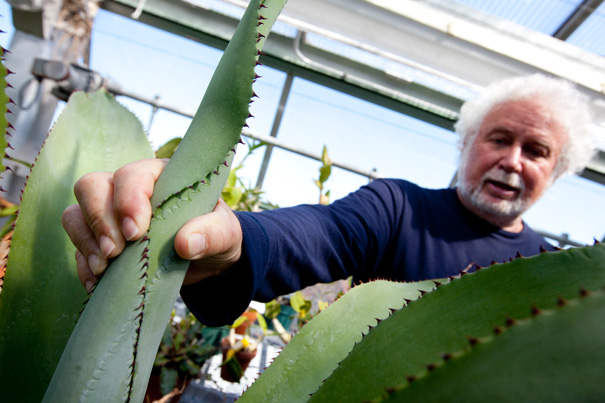
-
New frontier in archaeology
Jason Ur, the John L. Loeb Associate Professor of the Social Sciences, worked with Bjoern Menze of MIT to develop a system that identified ancient settlements based on a series of factors — including soil discolorations and the distinctive mounding that results from the collapse of mud-brick settlements.
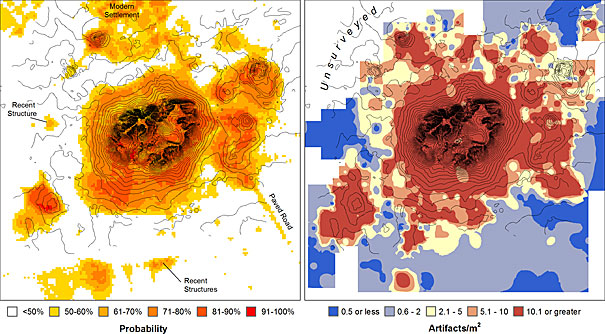
-
A vision of computing’s future
In 1978, while a student at Harvard Business School, Dan Bricklin conceived of VisiCalc, the first electronic spreadsheet program for personal computers. The result helped to spark a digital revolution in business and made desktop computers a must-have item in many offices.
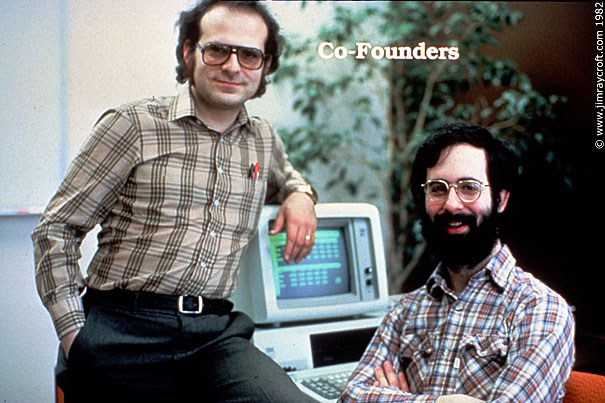
-
‘A timeout from your regular life’
Scientist Benny Shilo left his developmental biology lab to spend a year as a fellow at Radcliffe, where he explores the intersection of art and science to foster greater public understanding.
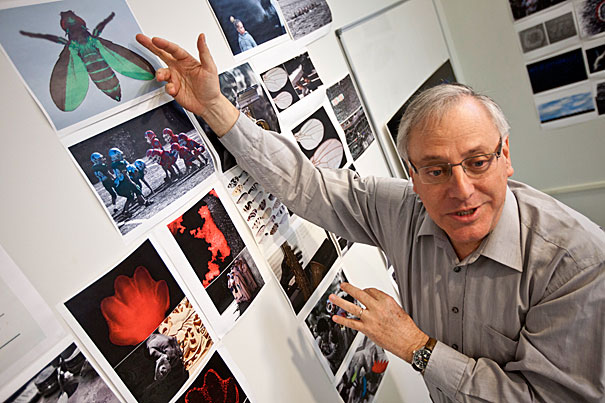
-
Harvard heads Southwest
More than 300 Harvard alumni, students, and guests gathered at the South by Southwest Interactive festival in Austin, Texas, Sunday for “Digital Harvard in Austin,” a first-of-its-kind event sponsored by Alumni Affairs & Development.

-
To help the environment, manufacture
An American manufacturing revival is needed if the United States is to transform its energy mix at the scale necessary to blunt coming climate change, the former chairman of the Sierra Club said in a Harvard University Center for the Environment discussion on the future of energy.
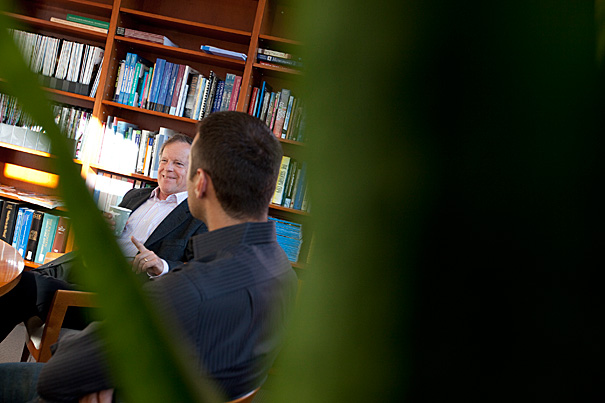
-
Magnetism on the moon
A team of researchers from Harvard, MIT, and the Institut de Physique du Globe de Paris have proposed a surprisingly simple explanation for magnetic anomalies that have baffled scientists since the mid-1960s, suggesting they are remnants of a massive asteroid. As described in a paper published in Science, the researchers believe an asteroid slammed into the moon 4 billion years ago, leaving behind an enormous crater and iron-rich, highly magnetic rock.
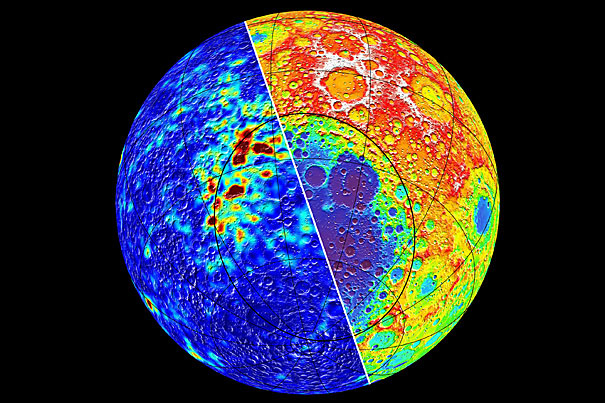
-
A new view of DNA
A new imaging technique, developed by Erez Lieberman-Aiden, a Junior Fellow of the Society of Fellows, is giving scientists their first three-dimensional view of the human genome, one that is already shedding new light on a number of what Liberman-Aiden calls the “central mysteries of biology.”
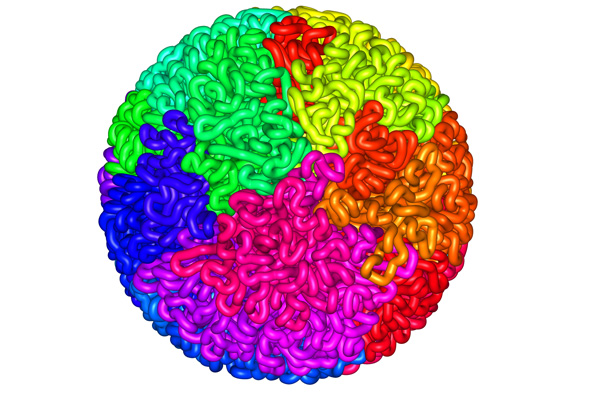
-
Building invisibility cloaks starts small
Working at a scale applicable to infrared light, a Harvard team has used extremely short and powerful laser pulses to create 3-D patterns of tiny silver dots within a material. Those suspended metal dots are essential for building futuristic devices like invisibility cloaks.
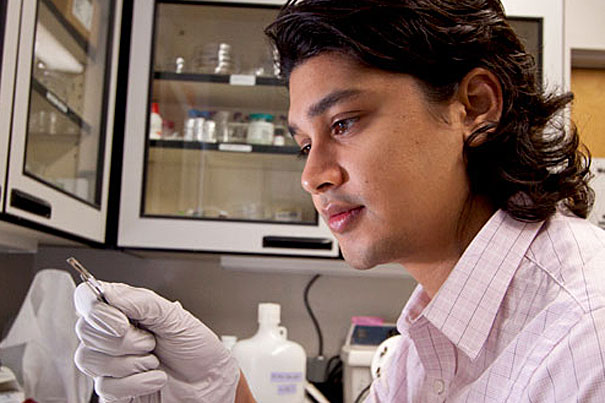
-
On climate issues, look to states
The head of California’s air pollution regulatory board said Feb. 27 that with climate change action stalled in Washington, D.C., the states are taking the lead in creating ways to reduce carbon emissions.

-
Circumstances that color our perception
Dozens of Harvard faculty and students gathered at Emerson Hall on Feb. 23 to ponder the nature of perception with Ned Block, the Silver Professor of Philosophy, Psychology and Neural Science at New York University (NYU) and one of the country’s leading thinkers on consciousness. Block’s lecture, “How Empirical Facts about Attention Transform Traditional Philosophical Debates about the Nature of Perception,” explored prevailing notions of perception by looking at how we see and pay attention to objects we encounter.
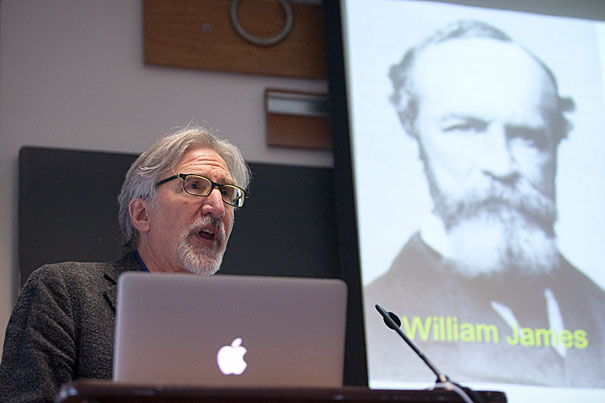
-
Funding success, and finding it
Four years ago, Harvard’s Office of Technology Development launched its Accelerator Fund, a $10 million revolving account to be used as a bridge across the “valley” between creation and development. The fund is proving to be just such a bridge.
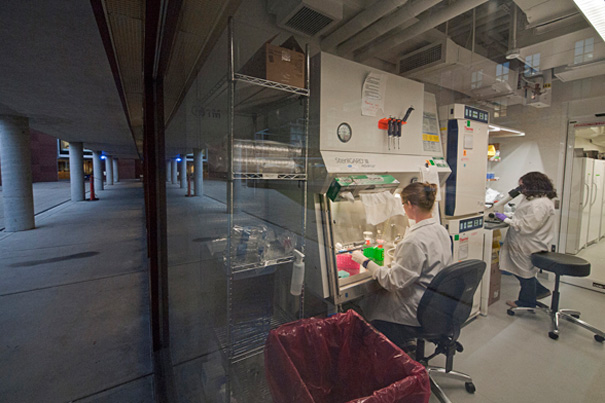
-
Model situation?
Researchers at the Harvard School of Engineering and Applied Sciences (SEAS) have shown that the primary explanation for the reduction in CO2 emissions from power generation that year was that a decrease in the price of natural gas reduced the industry’s reliance on coal.

-
Nanoparticles shine with customizable color
Engineers at Harvard have demonstrated a new kind of tunable color filter that uses optical nanoantennas to obtain precise control of color output. The advance has the potential for application in televisions and biological imaging, and could even be used to create invisible security tags to mark currency.
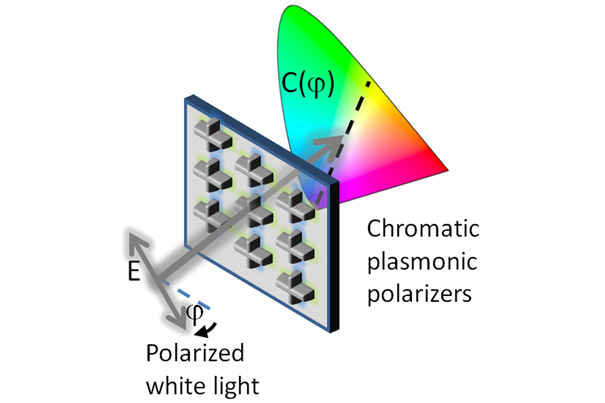
-
In distant space, a water world
Observations by NASA’s Hubble Space Telescope have added a new type of planet to the mix. By analyzing the previously discovered world GJ1214b, astronomer Zachory Berta of the Harvard-Smithsonian Center for Astrophysics and colleagues proved that it is a water world enshrouded by a thick, steamy atmosphere.
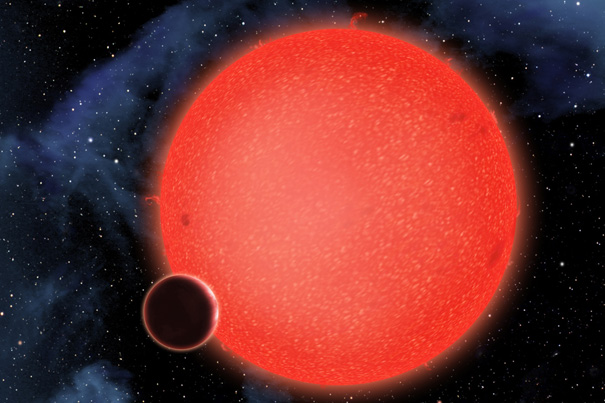
-
Right choice, but not the intuitive one
When faced with a tough choice, we already have the cognitive tools we need to make the right decision, Daniel Gilbert, professor of psychology, told a Harvard Law School audience on Feb. 16. The hard part is overcoming the tricks our minds play on us that render rational decision-making nearly impossible.
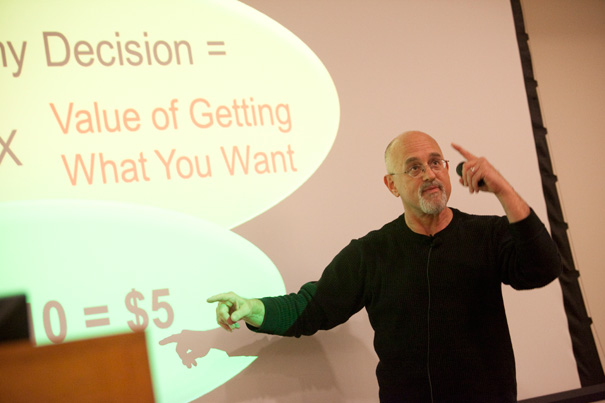
-
‘Pop!’ goes the robot
A production method inspired by children’s pop-up books enables rapid fabrication of tiny, complex devices. Devised by engineers at Harvard, the ingenious layering and folding process will enable the creation of a broad range of electromechanical devices.

-
Black hole came from shredded galaxy
Astronomers using NASA’s Hubble Space Telescope have found a cluster of young, blue stars encircling the first intermediate-mass black hole ever discovered. The presence of the star cluster suggests that the black hole was once at the core of a now-disintegrated dwarf galaxy.
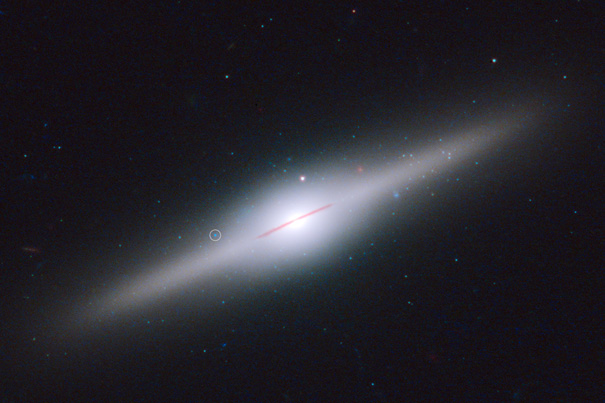
-
Trouble afloat: Ocean plastics
Plastic pollution in the oceans is a large and growing problem, but one that may be out of the reach of consumers to solve and instead may require cooperation from industry, said Max Liboiron, regional co-director of the Plastic Pollution Coalition.
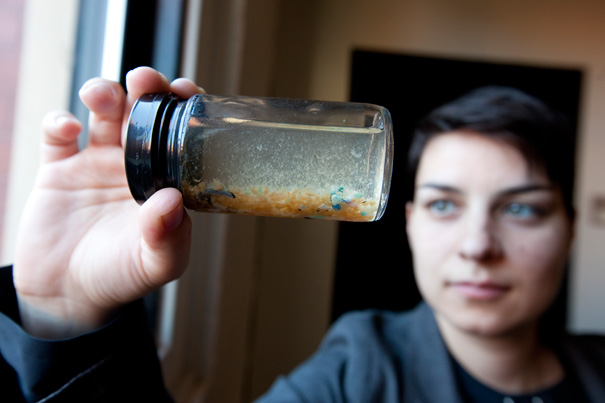
-
Street smarts
Students develop hurricane response plans on Cambridge roads, gaining practical experience in computational science competition, ComputeFest, a two-week program hosted by the recently created Institute for Applied Computational Science within the Harvard School of Engineering and Applied Sciences.
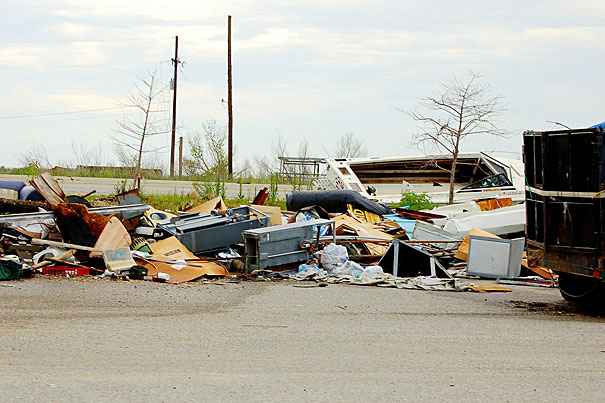
-
For cutting-edge biomedical materials, try corn
One might expect, these days, to find corn products in food, fuel, and fabric, but a corn-based glue that can heal an injured eyeball? That’s a-maize-ing.

-
As strong as an insect’s shell
Wyss Institute scientists have created a material that mimics the hard outer skin of bugs. The result is low-cost and easily manufactured, and tough. It eventually might provide a more environmentally friendly alternative to plastic.
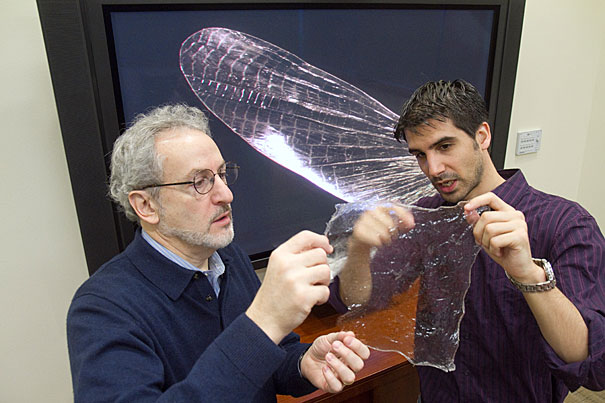
-
Designing in the human context
For a week in January, 40 students from a variety of backgrounds — comparative literature to computer science — engaged in a “design thinking” workshop led by IDEO, an internationally renowned design consulting firm. Throughout, the human element was key — How do people actually use a product? — as was a certain amount of ad-libbed fun.
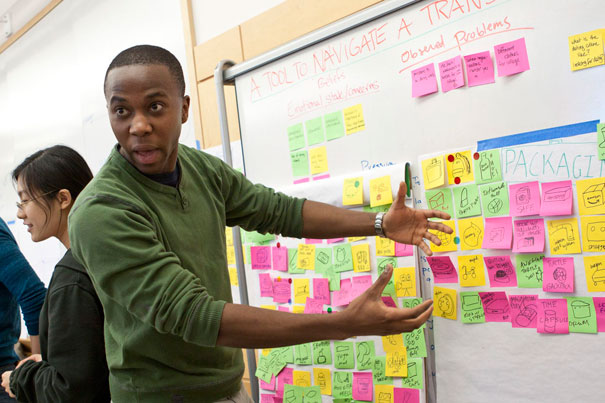
-
The ‘diversity problem’ in science
Opportunities for women and people of color to pursue careers in science have improved in recent years, but still lag behind those of white men, Harvard College Dean Evelynn M. Hammonds told a crowd at the Massachusetts Institute of Technology in her keynote address at the Institute Diversity Summit.

-
Physics at 2,500 feet
In 1934, a group of enterprising young Turks pooled their money and bought construction plans for a glider. Pioneers in the infancy of aviation, they built it by hand, out of wood and fabric, and when the time came for its maiden flight, they drew straws.
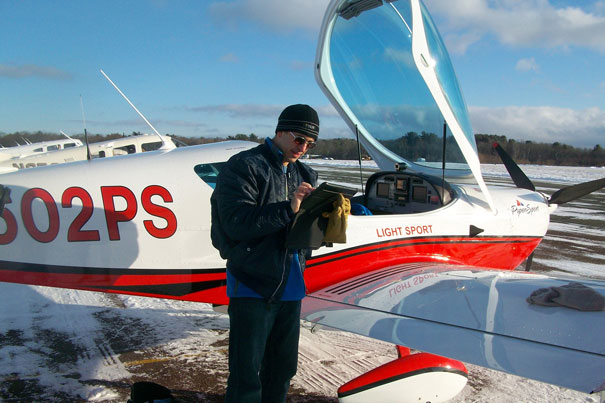
-
Early-stage venture fund launches
Today, the Experiment Fund, a new seed-stage investment fund, opens its doors with backing from storied venture capital firm New Enterprise Associates (NEA). Designed specifically to support student start-ups and nurture novel technologies and platforms created in Cambridge (or by innovators educated in Cambridge), the Experiment Fund will eventually include additional strategic angel investors and advisers.
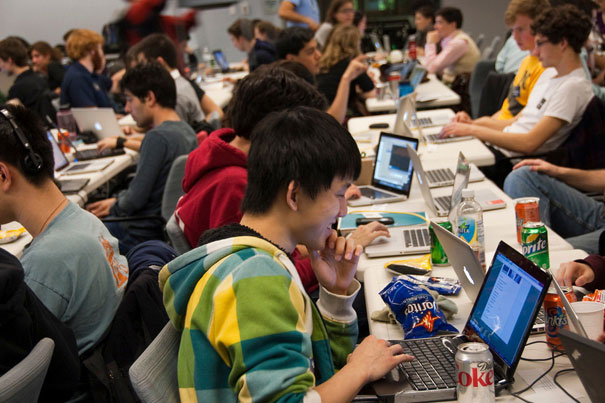
-
With a little help from our ancient friends
The social networks of the Hadza, a group of hunter-gatherers in Tanzania, show evidence that many elements of social network structure may have been present at an early point in human history.
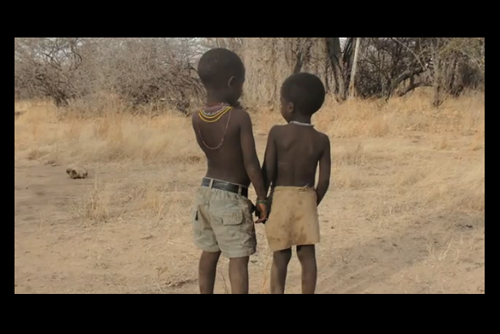
-
Scourge source
New research at Harvard explains how bacterial biofilms expand on teeth, pipes, surgical instruments, and crops.
